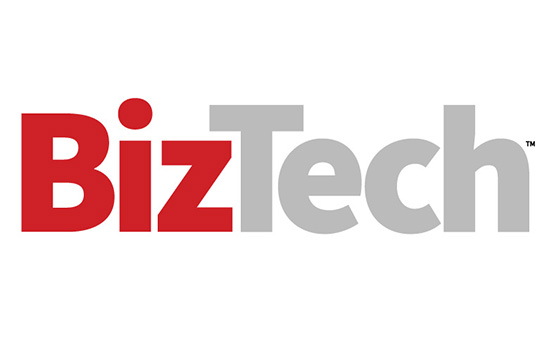Why Does the Windows 10 EOL Matter?
The risk organizations face by not upgrading in a timely fashion isn’t that systems will stop working, it’s that they will become vulnerable, Harrington explains.
“If a new bug comes out that is a security vulnerability, there’s no patch coming,” he says. “Any approaches to mitigating that vulnerability have to be done through other security tools.”
Organizations must factor these support limits into both short-term risk planning and long-term IT modernization strategies.
Businesses must be realistic about the October Windows 10 end-of-support deadline. Small businesses may find it easier than others to migrate to the new OS, Harrington says, but for many, “you’re not going to hit the deadline.”
Application compatibility, even more than hardware, is one pressing challenge, says Ryan Reith, group vice president for IDC’s Worldwide Device Tracker suite.
This can complicate migration timelines depending on how deeply custom software is embedded in operations.
EXPLORE: CDW services that simplify the migration to Windows 10 Pro.
What Are the Challenges of Upgrading to Windows 11?
Cost and IT readiness are two of the biggest hurdles organizations struggle with as they migrate to Windows 11, Reith notes.
While some companies have already invested in compatible hardware during past upgrades, lingering reliance on niche or legacy software can prevent a full migration.
“It’s usually not the big names like Adobe or Salesforce. It’s proprietary or unknown names,” Reith says.
For those, updating or replacing core business apps remains the final hurdle.
Harrington urges organizations to test thoroughly for application compatibility issues.
“If you still have a compatibility problem, you must start finding other ways to deliver that application,” he says. “There is a compatibility mode in Windows 11 that allows you to run it on the endpoint, often without a problem.”












